Researchers review risk to water resources from unconventional shale gas development in US
Green Car Congress
JUNE 19, 2014
They identified four potential modes of water resource degradation: (1) shallow aquifers contaminated by fugitive natural gas (i.e., They identified four potential modes of water resource degradation: (1) shallow aquifers contaminated by fugitive natural gas (i.e., Credit: ACS, Vengosh et al. Click to enlarge.


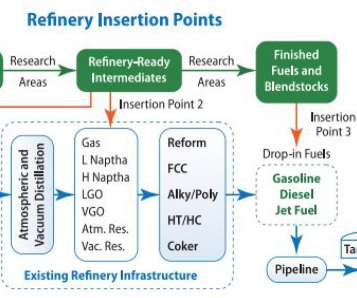



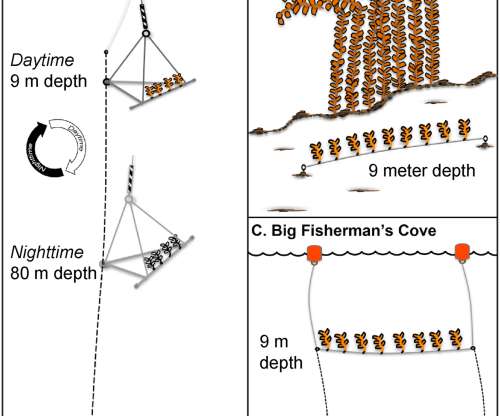
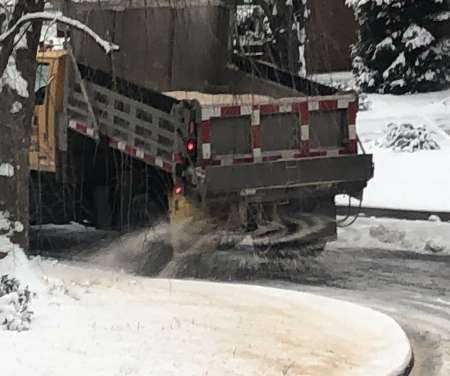
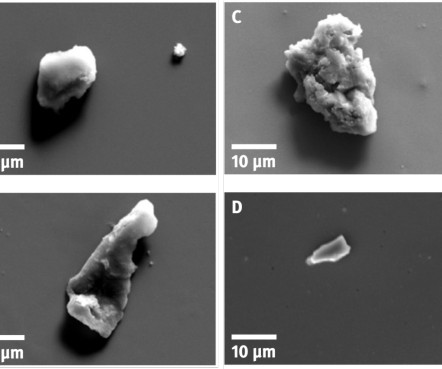



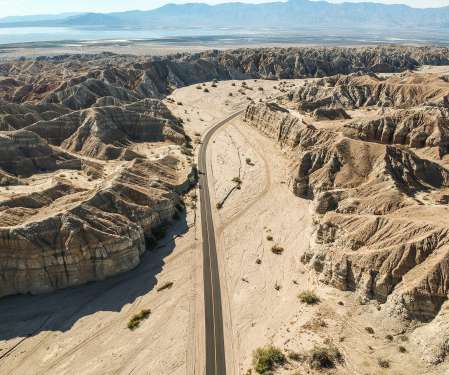

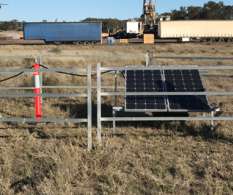

























Let's personalize your content